Contents
One of the most important tools in any workshop is a Rotary Screw Air Compressor.
This article will provide you with the knowledge needed to choose the best one for your needs and how to maintain it properly. We’ll also cover some frequently asked questions, such as what they are used for, their size and weight, power sources, noise levels, and more.
What is a Screw Air Compressor?
What is a Screw Air Compressor?
A rotary screw compressor is a type of positive-displacement air pump. It uses two meshing gears to force the gas into smaller and smaller volumes, compressing it at each step to increase its pressure. By the time it leaves the pump, the air has been squeezed to a fraction of its original volume.
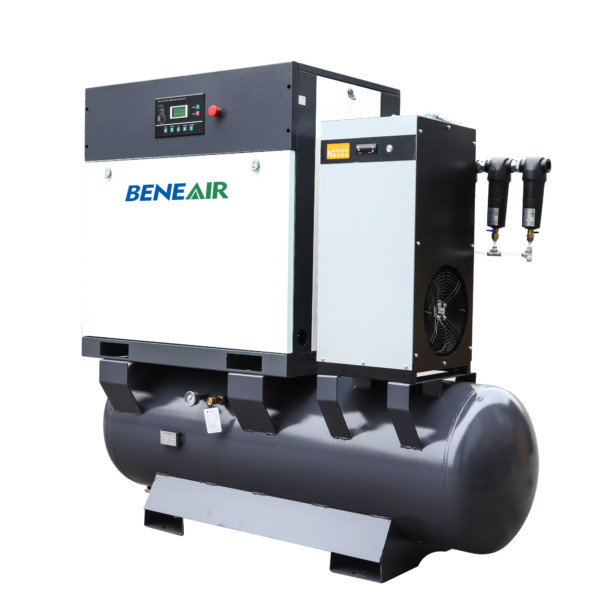
How Does a Screw Air Compressor Work?
How Does a Screw Air Compressor Work?
The design of a rotary screw air compressor is fairly simple, but it does require some complicated engineering to maximize efficiency and performance. At the heart of a rotary screw compressor are two meshing gears that rotate around an axis in opposite directions from one another, trapping gas between their teeth as they move closer together.
Working principle of screw air compressor
The size and shape of the gear teeth, as well as their number and position, determine how much compression takes place during each revolution. The amount of gas trapped between them also determines this ratio: a smaller volume results in higher pressure. following is the principle of rotary screw air compressor:
What is a Rotary Screw Air Compressor Used for?
What is a Rotary Screw Air Compressor Used for?
Rotary Screw Air Compressor can be widely used in many industries:
- For 2~5bar low-pressure screw air compressor, it can be used for Glass blowing, textile, Cement, Fermentation, and so on.
- For regular 7~10bar screw air compressors, it can be used for food, medical, electronics, painting, automobiles, printing, gas generation, and so on.
- Generally, for a two-stage super energy-saving screw air compressor, it is widely used in power, energy, iron and steel, chemical, and so on.
- For high pressure 16~40bar screw air compressors, it is most widely used in laser cutting machines, PET bottle blowing, aerospace, and so on.
What are the advantages of screw air Compressors?
What are the advantages of screw air Compressors?
In recent years, screw air compressors have replaced piston-type air compressors. They become mainstream in the air compressor market. Screw-type air compressor becomes more and more reliable, energy-saving, maintenance-costs saving. And with much lower noise.
The following mainly introduces the difference between screw type and piston type, single screw air compressor and twin screw air compressor, oil-free and oil-injected screw air compressor, water-injected oil-free and dry oil-free screw air compressor.
Which is Better? Rotary Screw or Piston Compressor?
A rotary screw air compressor is better for an application that requires less power, a smaller design, and lower noise.
The balance of forces: The two types of air compressors are very different from one another which is why they have their advantages and disadvantages. A piston compressor features one or more pistons that turn a crankshaft, while it’s the main shaft in a screw compressor that rotates to produce compression. The fast-moving gases enter the machine through an intake and pass through the compressor wheel which is gradually rotating.
Vibration and noise: A screw compressor is significantly quieter than a piston model which can be very useful if you work in an area with sensitive neighbors. The lack of moving parts also means that they produce almost no vibration, making them much easier to transport and handle when compared to the noisy pistons inside a piston air compressor.
Efficiency: Compared with piston type, the screw air compressor will be more efficient, have high reliability, and long life. The life of the main engine can generally reach more than 60,000 hours. Lubricating oil: 4000 hours; Intake filter: 4000 hours.
Screw Air Compressor Type: Single Screw VS Double Screw
There are two main types of rotary screw compressors, the single-screw type usually features one rotor while a twin-screw model has two. The differences between the single screw and twin screw air compressors
Balance Force: The airflow produced by the compressor is directly related to its cylinder count. A single-screw model generates a higher pressure at lower revolutions, while double screw models produce more power in general but they’re louder when working under heavy loads.
Reliability: The single-screw air compressor is a lot quieter and easier to maintain, making it a better choice if you plan on using your machine regularly. The double screw version can also be more reliable in general but they’re not recommended for beginners since they tend to have shorter working lives when compared with their counterparts.
Efficiency: The main difference is that a single-screw compressor has less power but it’s more efficient overall. A twin-screw model works faster but it’s also louder.
Lubrication Type: Oil-free VS Oil-injected
For some high-end industries, such as food, medical, electronics, and so on, the Oil-free type air compressor is a must. We will list some advantages of water injected oil-free screw air compressor below:
Low temperature means more efficiency: With an exceptionally low running temperature of less than 60℃, near isothermal compression is achieved. The superior cooling capability of water removes the heat and gives more air per kW of power. This also eliminates the need for an internal cooler and aftercooler, the associated power consumption reduces pressure drop to a minimum.
Cutting the maintenance cost: Spare parts only need air filter elements and water filter elements. Low operating temperature ensures the long service life of the screw air end, avoiding expensive maintenance costs for the screw rotor. Low temperature reduces the stress on other components ensuring long life.
Avoiding the costs of extra energy to combat pressure drop: These costs, although not apparent at the time of purchase, are very high and contribute substantially to the total cost of ownership.
No Gearbox: No need for associated oil lubrication.
Simple structure: Fewer moving parts than the dry oil-free screw air compressor, meaning there is less to go wrong, while balance bearing loads extend the compression element service life for low-cost operation.
Oil-free Method: Water-injected Oil-free VS Dry Oil-free
Water injected oil-free compressors are known to be cooler than dry oil-free because of the way they lubricate the internal components.
Water-injected rotary screw air compressors tend to last longer and run quieter over their dry counterparts due to their more reliable cooling system, making them a better choice for residential purposes.
The water-injected rotary screw air compressor is a lot quieter and easier to maintain, making it a better choice if you plan on using your machine regularly.
How to Choose the Right Screw Air Compressor?
How to Choose the Right Screw Air Compressor?
The right air compressor can make your work easier as well as help you finish the job faster.
It’s important to know what features and specifications matter most before making a final decision because there are hundreds of different models available, all with their advantages and disadvantages, so it’s best not to rush into anything until you’ve done some research first. Read more information about how to choose the right air compressor.
Below are some questions that you ask yourself before buying any compressor.
What type of Air Compressor Do I Need?
Before you purchase an air compressor, decide what tasks you will be using this for.
If it is a small task such as blowing off some dust then any of the three types would work just fine.
According to the working principle, the air compressor can be separated into two types: Positive displacement and dynamic.
Positive displacement type includes the reciprocating air compressor and rotary air compressor (such as screw type and scroll type air compressor).
And the screw-type can be divided into a single-screw air compressor and a twin-screw air compressor.
What Size Air Compressor Do I Need?
How much air you will need depends on what tasks your compressor must do. For example, if it runs a brad nailer then that does not require as much psi or air volume as a portable sandblaster. It is important to make sure that the outlet pressure matches or exceeds your tool’s specifications though since it can damage them if their requirements are not met.
If you are looking for an industrial-size air compressor then several models are available for sale. It is best to go with higher horsepower if possible since it will provide enough PSI and CFM to power pneumatic tools without losing much pressure even after multiple cycles of use.
What Cooling Method Should I Choose? Water-cooled or Air-cooled?
There are two primary types of air compressors. The first one is “air-cooled” and the second type is water-cooled. Each has its advantages and disadvantages so it’s important to understand how they work to choose which ones will meet your needs best.
Air-cooled Air Compressors: This type of compressor is much cheaper than the other types since it does not require any water to work. This makes them smaller and lighter in weight but they tend to get extremely hot during use which can cause problems for users that plan on using their tools consecutively.
Water-Cooled Air Compressors: They are much more expensive than the air-cooled types but they provide longer-lasting durability and far less overheating issues which make them perfect for heavy-duty jobs that require long periods of use without stopping in between.
Belt-drive or Direct-drive?
Belt-driven are the more traditional type of compressors and use a V-belt to transfer power from an electric motor. Direct-drive is a technology that uses an enclosed gearbox inside the unit itself which has several advantages over belt drives.
Both types have advantages and disadvantages. Direct-drive is more expensive but it has a longer lifespan, requires less maintenance, and uses 30% less power than belt drives which makes them ideal for large industrial settings where they must run continuously without stopping to cool down.
Should I choose the VSD or Fixed-speed Air Compressor?
Variable-speed compressors are useful for times when you need to have a more balanced airflow while fixed-speed air compressors work best in applications where high pressure is needed.
VSD can be adjusted on the fly so they are perfect if you do not know what type of task will require using your compressor since it provides that flexibility without having to change the compressor itself.
Fixed-speed compressors are ideal for large, industrial-sized air compressors since they provide more power and less noise while being able to maintain high-pressure output throughout their entire lifespan without any issues. This makes them perfect for professional settings where airflow needs must be met constantly.
Portable or Stationary Air Compressor?
Pneumatic tools are best powered by a stationary air compressor since they provide more power and higher pressure than their portable counterparts. Stationary compressors can also be used in professional settings where there is not enough room for them to move around excessively which makes them perfect for industrial use.
On the other hand, Portable air compressors tend to be smaller in size which makes them perfect for home use, construction sites where they need to be moved around often or used on the go.
What Kind of Engine Do I Need? Electric or Diesel engine?
There are two primary types of engines used for powering air compressors: Electric and Diesel. Although both have their benefits, a diesel engine will typically last longer and provide more horsepower than an electric one. It also requires less maintenance which makes it ideal for heavy-duty use in commercial settings where constant output is necessary.
On the other hand, electric air compressors are ideal for home use since they do not require a lot of power to start up and operate which makes them perfect for smaller jobs. They are also cheaper and require less maintenance overall but they will not last as long as a diesel engine and they tend to be less powerful which means that it might take longer for them to fill up a tank.
Single-Phase Vs Three-Phase Voltages
Single-phase and three-phase voltages are the two most common types of voltage used for powering air compressors. Single-phase is cheaper but it also provides lower power output which means that air compressors powered by this type of voltage will have a much smaller lifespan and cannot provide as high of output as three-phase models.
On the other hand, Three-phase voltage compressors are more expensive but they provide much higher power and longer lifespan. They are ideal for commercial or industrial settings where power output is crucial but they will cost you more money upfront which makes them less practical for smaller jobs.
Both types of compressors have their benefits and drawbacks which means that it is ultimately based on your personal needs as a user.
Single Stage or Two-Stage Compressors?
Generally, compared with a single-stage screw air compressor, we use two-stage technology to save energy. Two-stage compressor(or Dual-stage compressor) energy-saving 5%~13% over equivalent sized single-stage compressors. But why?
Adopt two-stage compression to attain reasonable pressure distribution and reduce each compression ratio, which can achieve the compressor’s power savings. In a single-stage compressor operating at 100 PSIG at sea level, the compression ratio is 7.9 to 1 (in absolute terms). But a two-stage compressor operating at the same pressure will have a compression ratio of 2.8 to 1 in each stage (2.8 is the square root of 7.9).
What Kind of Motor Should I Choose?
Compared with the asynchronous motor, the permanent magnet synchronous motors (PM motors) are more efficient, and has a wide high-efficiency range:
For the permanent magnet synchronous motor, when the speed range is 25% -99% of the rated speed, the efficiency can reach 95% -97%.
But for the Asynchronous motor, only when the speed range is 70% -99% of the rated speed, the efficiency is about 88%. And what’s more, when the speed range is lower than 70% of the rated speed, the efficiency will drop sharply.
How to Get Dry and Clean Compressed Air?
How to Get Dry and Clean Compressed Air?
First of all, We need to confirm What is the compressed air quality I need. We need to know which contaminants can we find in compressed Air?
Compressed air contains substances such as water, oil, and dust. That may contaminate the final products and even increase costs.
So we should choose an oil-free or oil-lubricated type air compressor first, then use air treatment such as air tank, air dryers, and filters to produce the dry and clean compressed air to meet your needs.
Maintenance of Screw Air Compressor
Maintenance of Screw Air Compressor
A screw air compressor is one of the easiest types to maintain and you will only need to do a few simple things to keep it running smoothly.
For the oil-lubricated type screw air compressor, we provide the daily maintenance here, for quarterly, and annual maintenance guide.
- Check the oil level, air filter, and coolant level;
- Check the consumable parts. if it has reached the replacement cycle, it must be stopped and replaced;
- Check the exhaust temperature of the host, if it reaches or approaches 98℃, the oil cooler must be cleaned;
- Check the pressure difference of the separator. if it reaches more than 0.6bar (limit 1bar) or the pressure difference starts to decline, stop the machine and replace the separation core;
- Check the discharge of condensed water. If the drainage volume is too small or no condensed water is discharged, the water separator must be shut down to clean;
- Check whether the unit has abnormal noise and leakage.
Installation of Screw Air Compressor
Installation of Screw Air Compressor
Compressors are heat generators; they operate and yield heat as a by-product. This heat is then relocated all over the compressor room and results in increasing the temperature above the optimum level. So, it is very imperative to make a proper design and carry out the proper ventilation of the room.
Furthermore, the location of the compressor place is also very crucial and plays a significant role not only in its functioning but it has clear possession of the employee’s productivity and your facility’s efficiency.
So, to aid you and to give ease to your mind, the following are some vital key factors that will help to locate your compressor in a better room spot.
Failures and Solution for Screw Air Compressor
Failures and Solution for Screw Air Compressor
There are many reasons why your air compressor might fail and you will need to solve the issue for it to work again. Failures can happen due to several reasons and you must find the root cause to solve them.
Air compressor vibration: If the unit vibrates too much, then it might be time to check and clean all of its components to get rid of any dirt or debris that might have accumulated over time
Compressed air leakage: If you notice that the unit is losing pressure, then it might be time to check all of its connections and tighten them up. Make sure that nothing is leaking on your airlines
Compressor not starting: Check for any loose electrical connection or corrosion, replace parts if needed. You will need to check the cooling system and make sure that it is clean, if there are any leaks, then they should be fixed immediately.
Oil spillage: make sure that the oil tank is not overfilled, check for any leaks, and replace the gasket if needed. Clean up spilled oil immediately or it might cause damage to your workplace.
Low pressure of screw air compressor: Check for water leakage from the pump shaft seal as well as valve plate gaskets which can be a sign of low charge. Make sure that there are no air leaks or dirt buildup on the compressor valves which might cause it to lose pressure over time.
Final Note:
The above article is only meant as a guide and if you need any further assistance, please feel free to contact us.


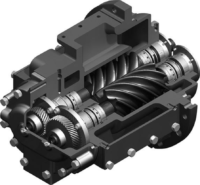
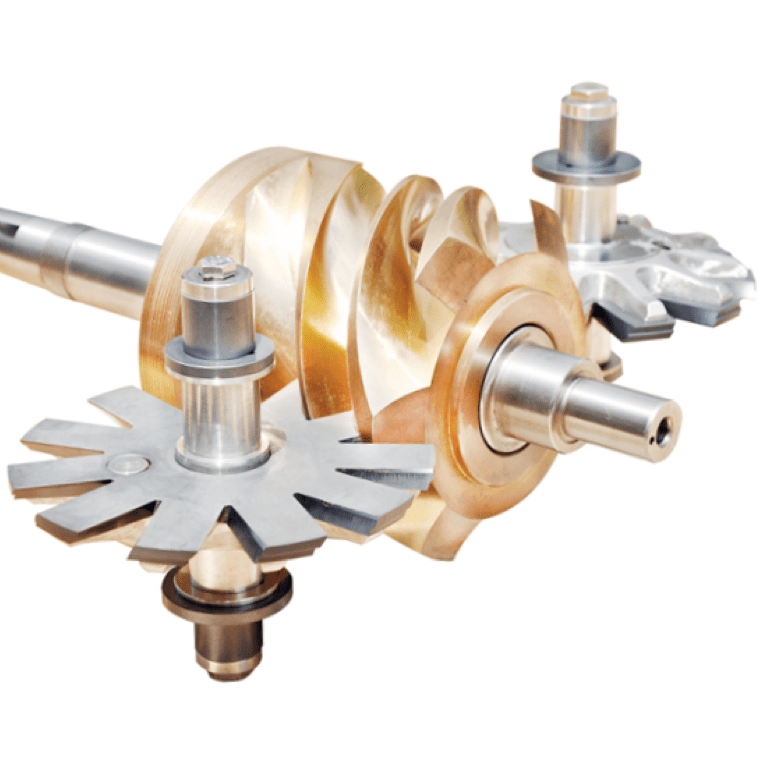
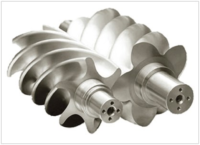


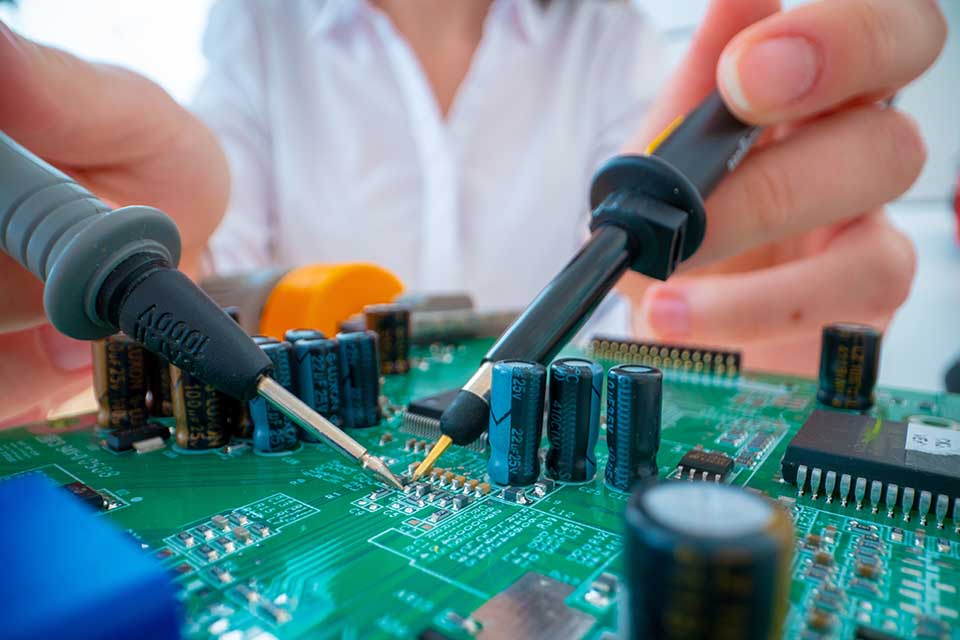

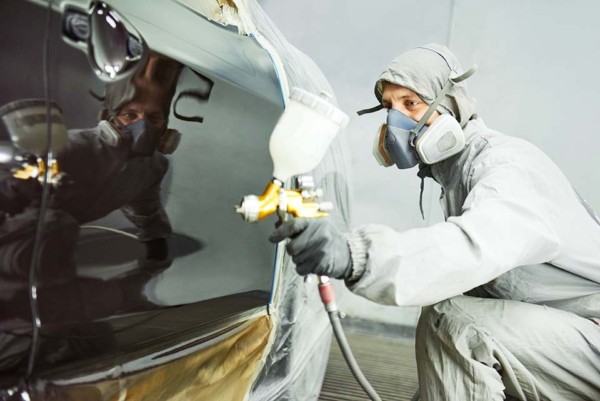

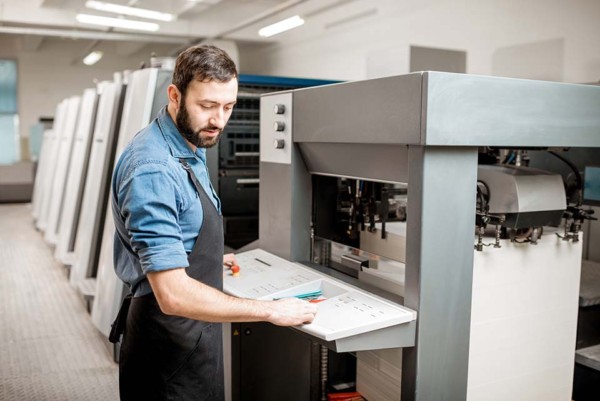



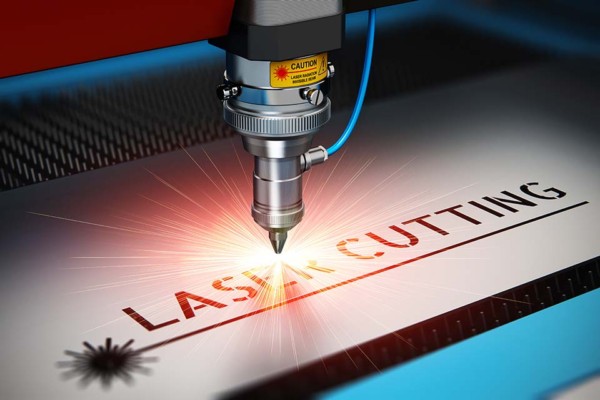


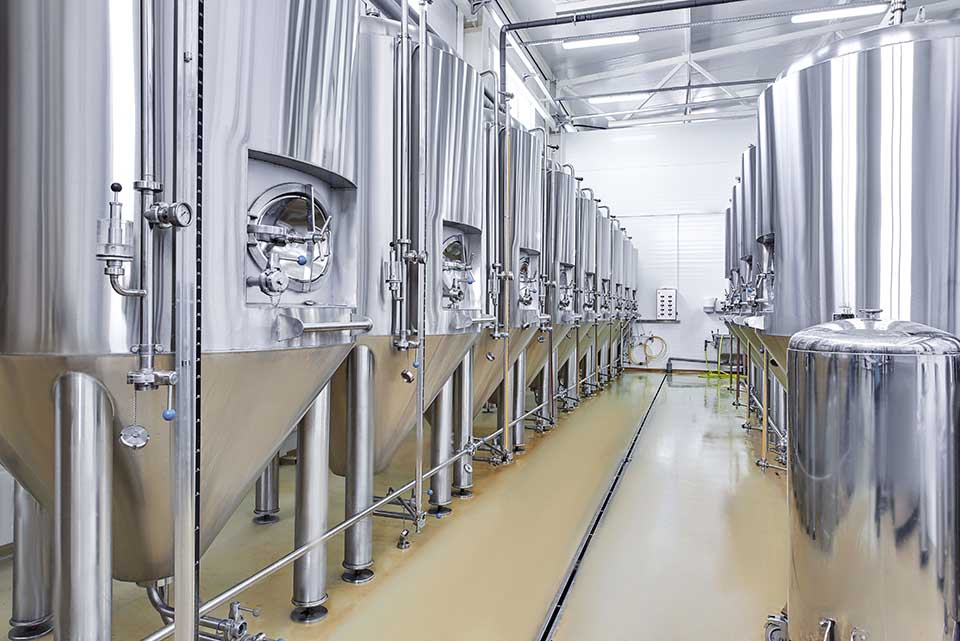

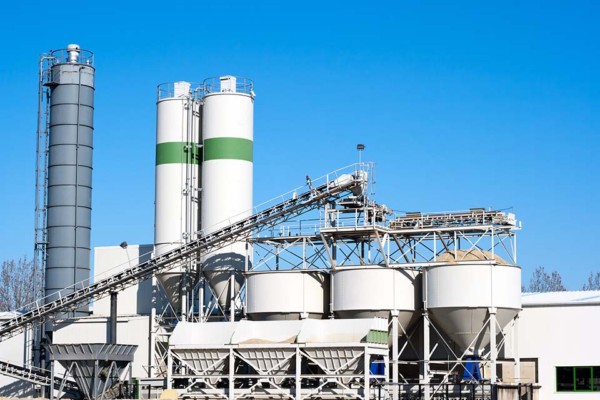


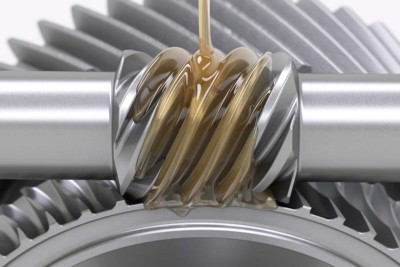


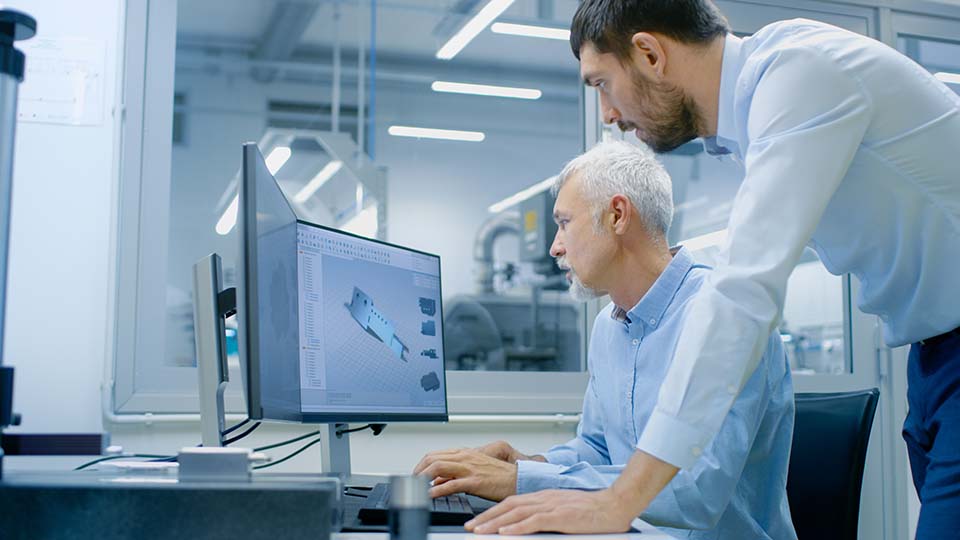
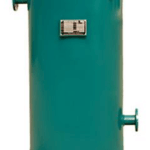
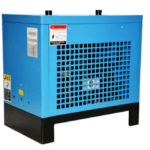
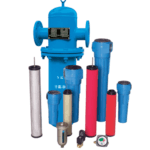





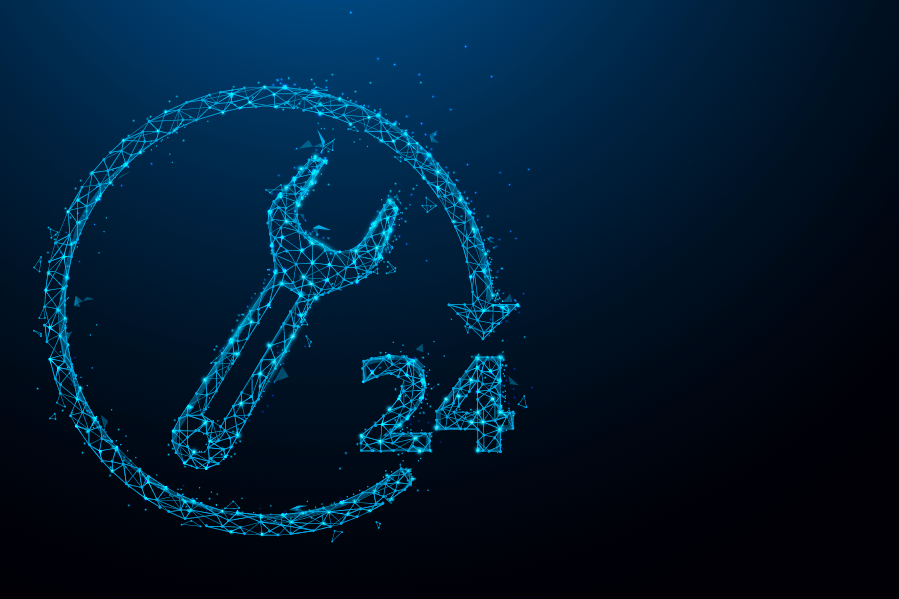
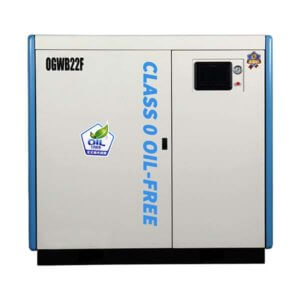
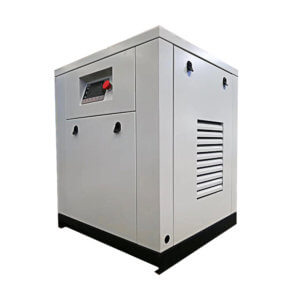
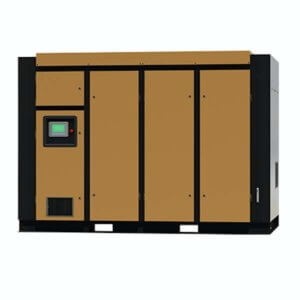
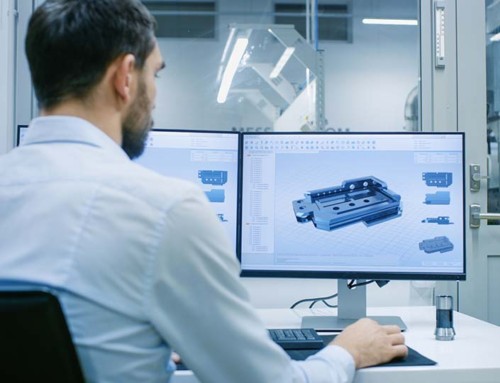

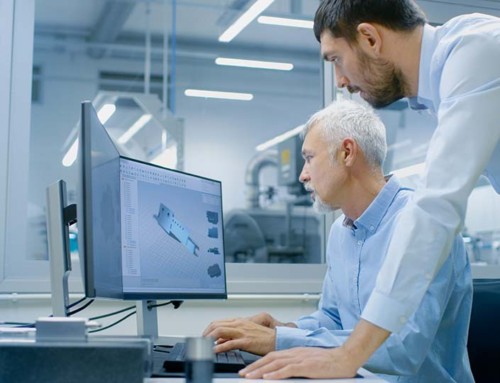
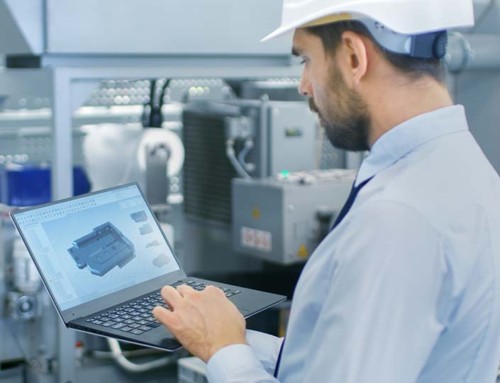
Leave A Comment